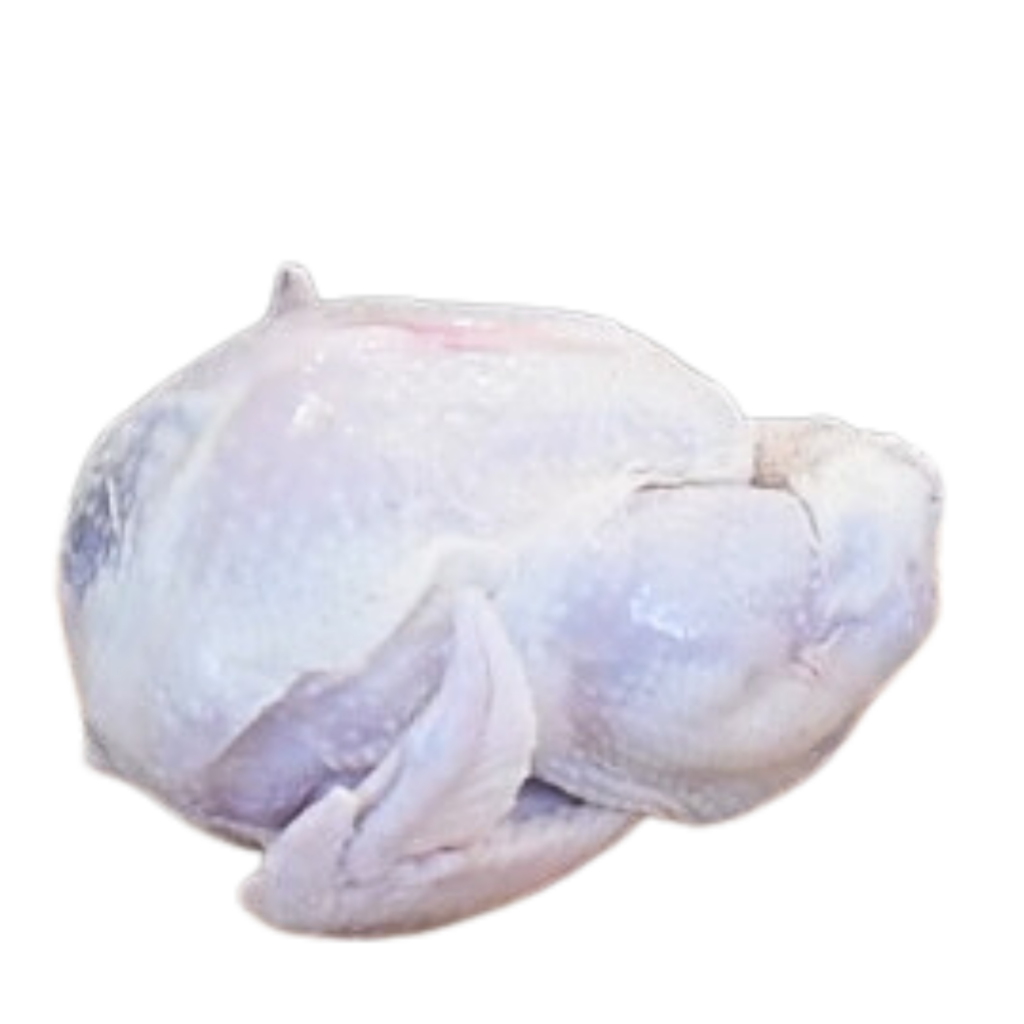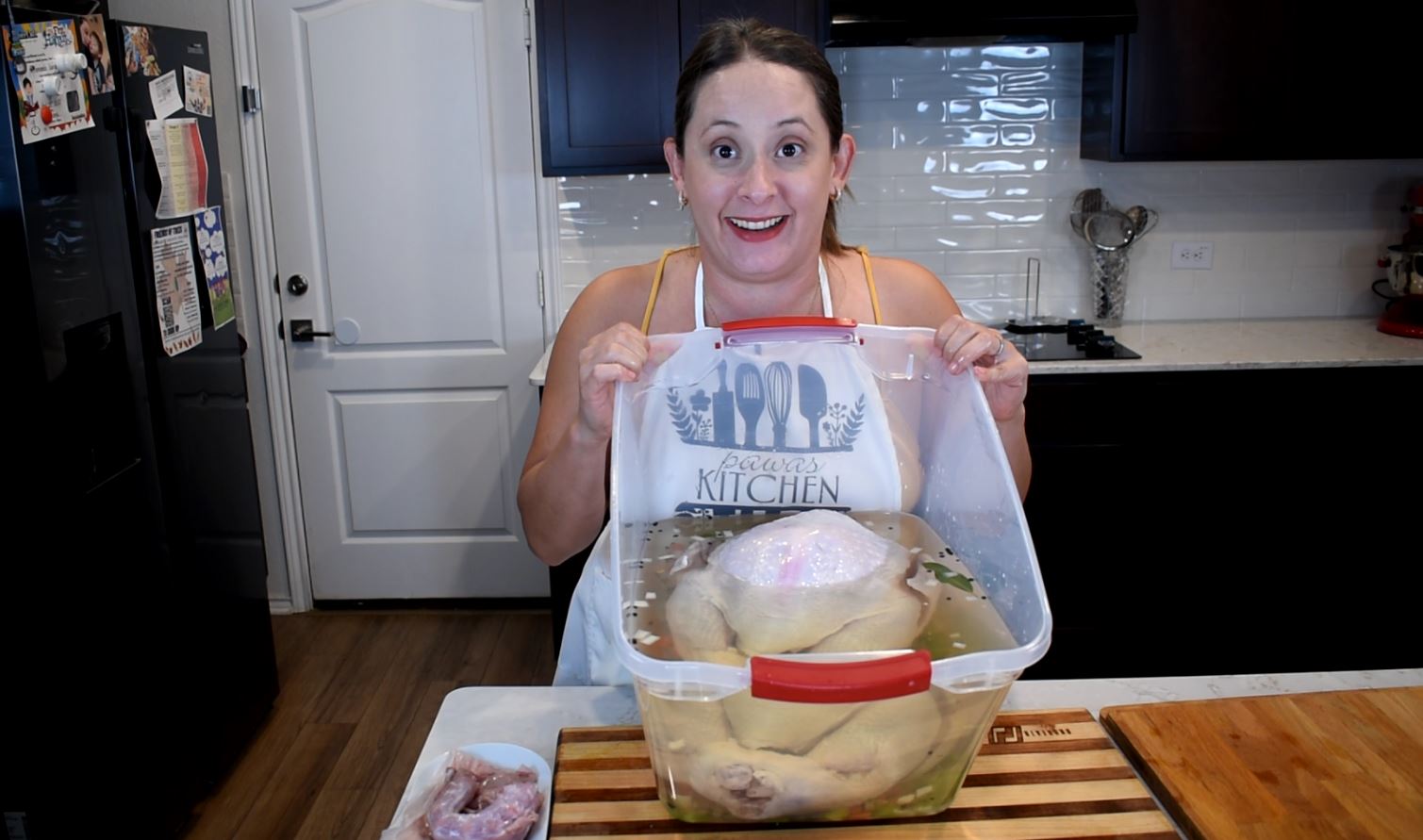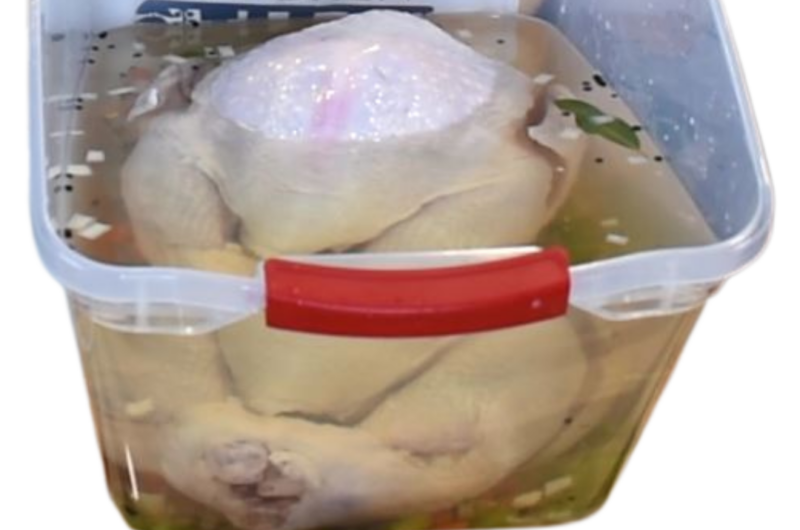This is my first experience thawing, touching and brining a turkey, so here it goes.
If you’re preparing a turkey for the first time, one of the first challenges you’ll face is thawing it properly. When I bought my turkey, it was frozen, and I had no idea how to go about thawing it. What I learned is that the best way is to let it thaw slowly in the refrigerator. It takes about one day per 4 pounds, so planning ahead is crucial—otherwise, you might end up with a partially frozen turkey on the day you need to cook it! For more detailed tips, check out Thanksgiving: How to Cook It Well by Sam Sifton.

This has been such a new experience for me, and it’s definitely a technique I’ll be applying to other recipes in the future! For starters, I didn’t even know the word “brine” existed. I had to look it up in Spanish, but even the translation, “salmuera,” didn’t sound familiar. I had no idea what it meant, what I needed to do, or why it was necessary.
While flipping through Thanksgiving: How to Cook It Well by Sam Sifton, I came across the term and was immediately intrigued. In essence, brining means submerging your turkey in a mixture of salt, sugar, and herbs for about 72 hours (in my case, I had to rotate it each day because it kept floating!) and letting osmosis work its magic. The main goal is to retain moisture during roasting, and I feel this was the key step in keeping my Thanksgiving turkey juicy and tender.
I had heard from so many people that keeping the moisture in the turkey could be challenging, so I decided to go for a “shortcut” and try brining. And I’m so glad I did!
It was an eye-opening experience overall. It was my first time handling a turkey—touching a raw turkey, examining the insides, and even holding its neck (which I had no idea what it was at first).
I highly recommend planning ahead so you can brine your turkey and lock in that moisture for a delicious result. I’ll also share some tips on temperature control to help you achieve the best outcome.

And now, the moment you’ve been waiting for… here’s the recipe for the brine! (This is my own modified version of Sam Sifton’s recipe. For the original, be sure to check out his book.)
Let’s Brine this Turkey
Difficulty: Easy15
minutes15
minutesThis Brine Recipe comes from Sam Sifton’s Thankgiving, How To Cook It Well. If you’d like to see more recipes from him, you can buy his book here.
Ingredients
3/4 cup Kosher Salt
3/4 cup sugar
1 carrot, peeled and diced
2 celery stalks, diced
1 big Spanish onion, peeled and diced
2 fresh bay leaves
1 tablespoon black peppercorns
1/4 teaspoon fennel seeds
1/4 teaspoon red pepper flakes
2 or 3 springs of fresh thyme.
Directions
- In a medium size saucepan, add 1/2 liter of water and bring it to a boil. Add salt and sugar and stir until combined.
- Turn off the heat and add the onion, carrot and celery and stir.
- Add bay leaves, black peppercorns, fennel seeds, red pepper flakes and thyme, stir well and remove from the heat, cover and let it cool down to room temperature.
- Pour liquid into 4 gallons of water (or as much as you need) that covers your turkey in your container. (I used a big Rubbermaid container.)
- Submerge turkey in brine and refrigerate for 72 hours.
Notes
- Please do not use an aluminum pot given that the ingredients, the water and the aluminum create a chemical reaction that may be absorbed by your turkey. (Learned this the hard way)




